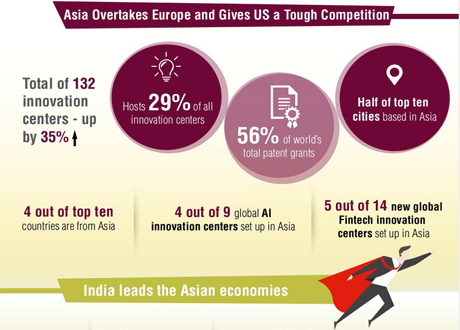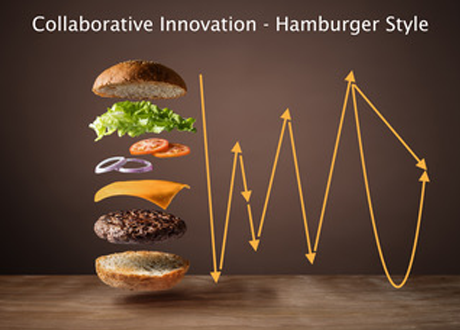Focused on learning about innovation as a discipline – article could be an explanation of a term or concept, for example, or an overview of how to start an innovation program.
Innovation Pays – More and More
Over recent years we have been tracking how companies identified as leading innovators subsequently perform in terms of growth in shareholder value. Linking innovation efficiency to out-performance against all major indices has proven the relationship that many across industry believe in and hope for: innovation pays. The latest round of analysis has just been completed and shows even greater performance than before.











